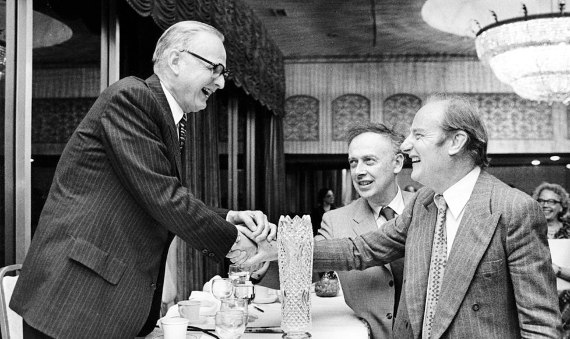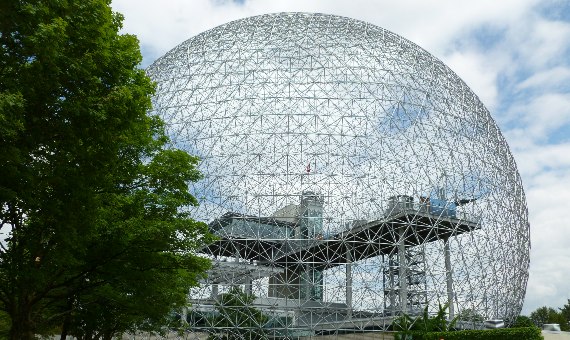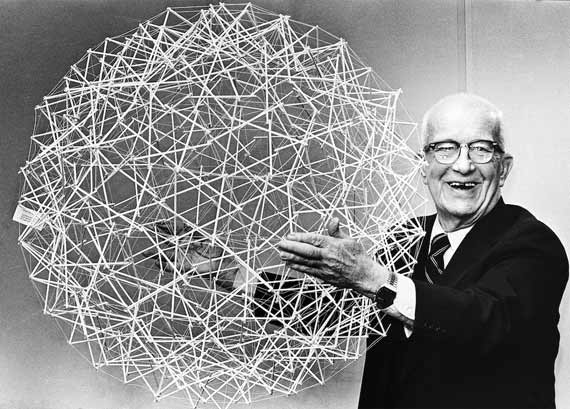Thanks to the the COVID-19 pandemic, which is caused by the SARS-CoV-2 virus, viruses now occupy the world stage. But, these strangely behaving and uniquely structured microorganisms have captured the attention of different scientific fields since the dawn of virology, at the end of the 19th century.
Viruses are protein-wrapped microscopic particles of genetic code (they can contain DNA or RNA) that are not capable of reproducing themselves, therefore they need to colonize another cell. This is what causes an infection. Behind the viral-colonizing process lies a remarkable survival mechanism that fascinates scientists across a number of fields, from biologists, chemists, and doctors to engineers who hope to harness the viral communication potential to engineer the batteries of the future. What is the secret of the virus’ powerful survival mechanism? Mathematics might have the answer, or at least provide one of the most important clues.
The geometric key to contagion
Within a virus, macromolecular unions are created that, when viewed through a microscope, display a spectacular molecular architecture. Each virus generates a different geometric structure, according to its behavior, and thus predetermines how it works. So, can mathematics be used for more than predicting the contagion model? Could it be used as a tool to hamper the viral propagation mechanism? The answer is yes.

In 1956 (three years after their work on the double helix structure of DNA was published), Francis Crick and James Watson were the first to try to explain the virus structure. They proposed that viruses follow the symmetry that occurs in the structural organization of the protein capsid (its shell) and that this is done out of a question of genetic economy. In order for the construction of the capsid to have the most economic genetic coding as possible, it must use the same type of molecules over and over again, thus following a geometric pattern that results in a polyhedral structure. As the future 1962 laureates of the Nobel Prize in medicine theorized, a viral genome can include only instructions for a limited number of different capsid proteins, which guarantees its symmetry.
Tensegrity: the architectural answer to the problem
But, if geometry explains the origin of a virus’ structure, then what explains why some viruses have a spherical structure? Structural biologist, Donald Caspar, and biochemist, Aaron Klug, (who 20 years later would receive the Nobel Prize in Chemistry for his work in crystallography), were inspired by architecture when they used geometric theories to refine what was known about the organization of virus structures.

In 1962, in the paper that would lay the foundations for what would be passed down in history as the CK (Caspar-Klug) theory, the scientists included a photo of a building designed by architect and inventor, Richard Buckminster Fuller: A geodesic capsule created out of an assembly of hexagons and pentagons divided in triangles. This unity principle through which isolated components are compressed within a network of continuous tension is known as tensegrity. Tensegrity is a term coined by Fuller, a portmanteau combining “tensional integrity”. Caspar and Klug proposed that spherical viruses are actually structured like miniature geodesic cupula or dome, thus introducing the concept of quasi-equivalence in order to make an approximate prediction of where the proteins are located in the virus-covering.
Therapeutic geometry: an ally in disease diagnosis
Researchers at the University of York and the University of San Diego have developed a new mathematical framework that changes the way we understand some viruses’ structures, raising the possibility of new antiviral therapies. In an article published in Nature Communications in 2019, various researchers explained what seems to be the final piece of the puzzle: this new mathematical conceptualization explains some of the unanswered questions in virology, tying up the loose ends of the CK theory. More than half a century after the Caspar-Klug theory was raised, technical improvements in how microscopic images are obtained has revealed that many virus structures do not conform to the hypothesis proposed in 1962. Virus protein shells have evolved with different icosahedron-shaped architecture (geometric bodies with 20 sides) in order to protect its genetic material. This new theory demonstrates that Casper-Klug’s concept of quasi-equivalence is part of a wider body of structural constraints, which for the first time allows us to determine with absolute accuracy how the proteins are placed in the icosahedral containers that encase the virus’ genetic data. Accurate analysis of these physical viral properties will provide insight into weak areas of their stability and help us better understand how to attack the mechanism of infection so that new antiviral therapies can be developed, as explained by Reidun Twarock, professor and one of the author’s of the article.

This remarkable confluence of knowledge from the domains of mathematics, architecture, and medicine would not have been possible without the eccentric Fuller. Once the structure of his geodesic domes was popularized, scientists and physicians began to focus on tensegrity structures present in different materials in nature. Fuller himself participated in the construction of a wooden model of the poliomyelitis virus, a disease that claimed the life of his first daughter, Alexandra. In the mid-80s, a new family of carbon molecules shaped like a soccer ball was discovered and, in honor of Fuller, named fullerenes or buckyballs.
Comments on this publication